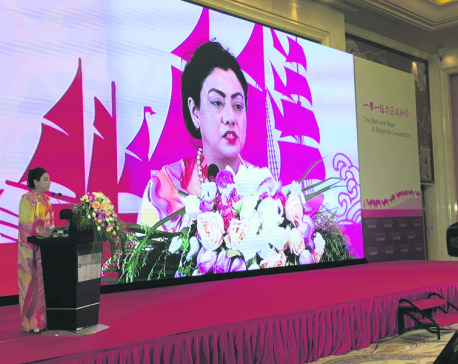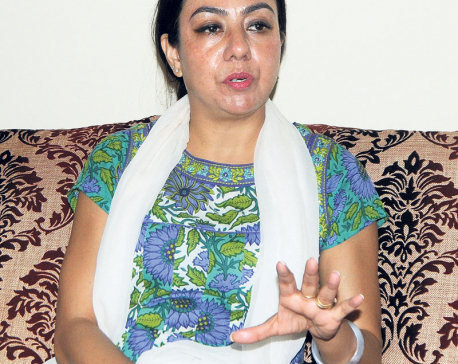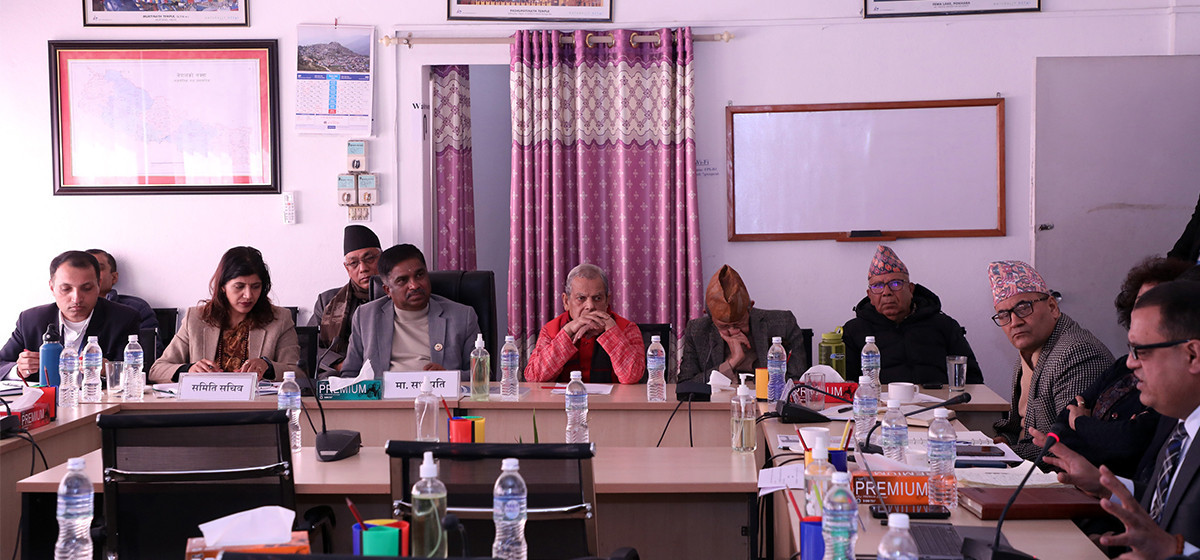
OR
OBOR delegates call on FNCCI president
Published On: March 20, 2018 07:53 AM NPT By: Republica | @RepublicaNepal
KATHMANDU, March 20: A Chinese delegation led by Shu Ya, founder of One Belt One Road (OBOR) International Trade and Investment Platform, met with Bhawani Rana, president of the Federation of Nepalese Chambers of Commerce and Industry (FNCCI), on Monday.
The Chinese delegation expressed the platform’s commitment to help Nepal on bringing investment for economic development. Stating that the platform has been actively working on infrastructure development, commercial farming, energy, tourism, international trade and investment sectors, the Chinese delegation told Rana that the platform was ready to help Nepal in bringing investment.
Issuing a statement, the FNCCI said that the meeting dwelt on wide ranging issues including entrepreneurship development, technology transfer, direct air connectivity between Kathmandu and various Chinese cities, and identifying exportable products. During the meeting, the Chinese delegation also proposed to have another meeting to identify the areas of cooperation with Nepali side, according to the statement.
FNCCI president Rana urged the Chinese delegation to bring Chinese investment on infrastructure development, energy, tourism and agriculture sectors in Nepal. She also underlined the need to develop the road connectivity among the OBOR member countries for their deeper integration. She also said that the investment climate in the country has improved and expressed readiness for the collaboration with the platform.
You May Like This

OBOR can be a model project of the century: FNCCI President
KATHMANDU, June 14: President of the Federation of Nepalese Chamber of Commerce and Industry (FNCCI), Bhawani Rana has said that the... Read More...

Rana to assume office as first woman president of FNCCI
KATHMANDU, April 12: Bhawani Rana is all set to create a history assuming the office as the first woman President... Read More...

President, PM congratulate US President Trump
KATHMANDU, Jan 22: President Bidya Devi Bhandari and Prime Minister Pushpa Kamal Dahal 'Prachanda' have congratulated and extended best wishes... Read More...



Just In
- National Vitamin 'A' campaign being organized on April 18 and 19
- Two killed in separate accidents
- Seven parliamentary committees meeting today
- NC aggrieved over leader Neupane's demise
- Bhaktapur industrial festival collects Rs 80 million proceeds
- Chaite Dashain being celebrated by worshiping Durga Bhawani today
- One individual held with 23 kg hashish-like substance in Bardia
- Rain with storm likely in hilly regions across the country for next 3 days















Leave A Comment